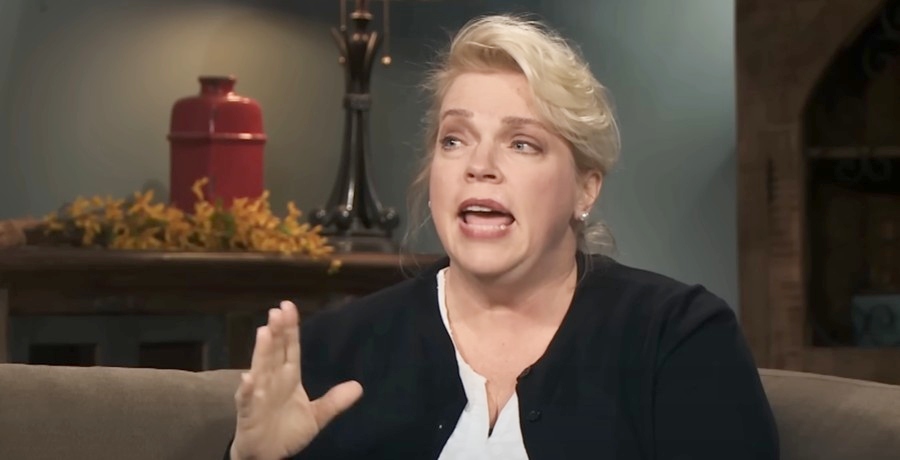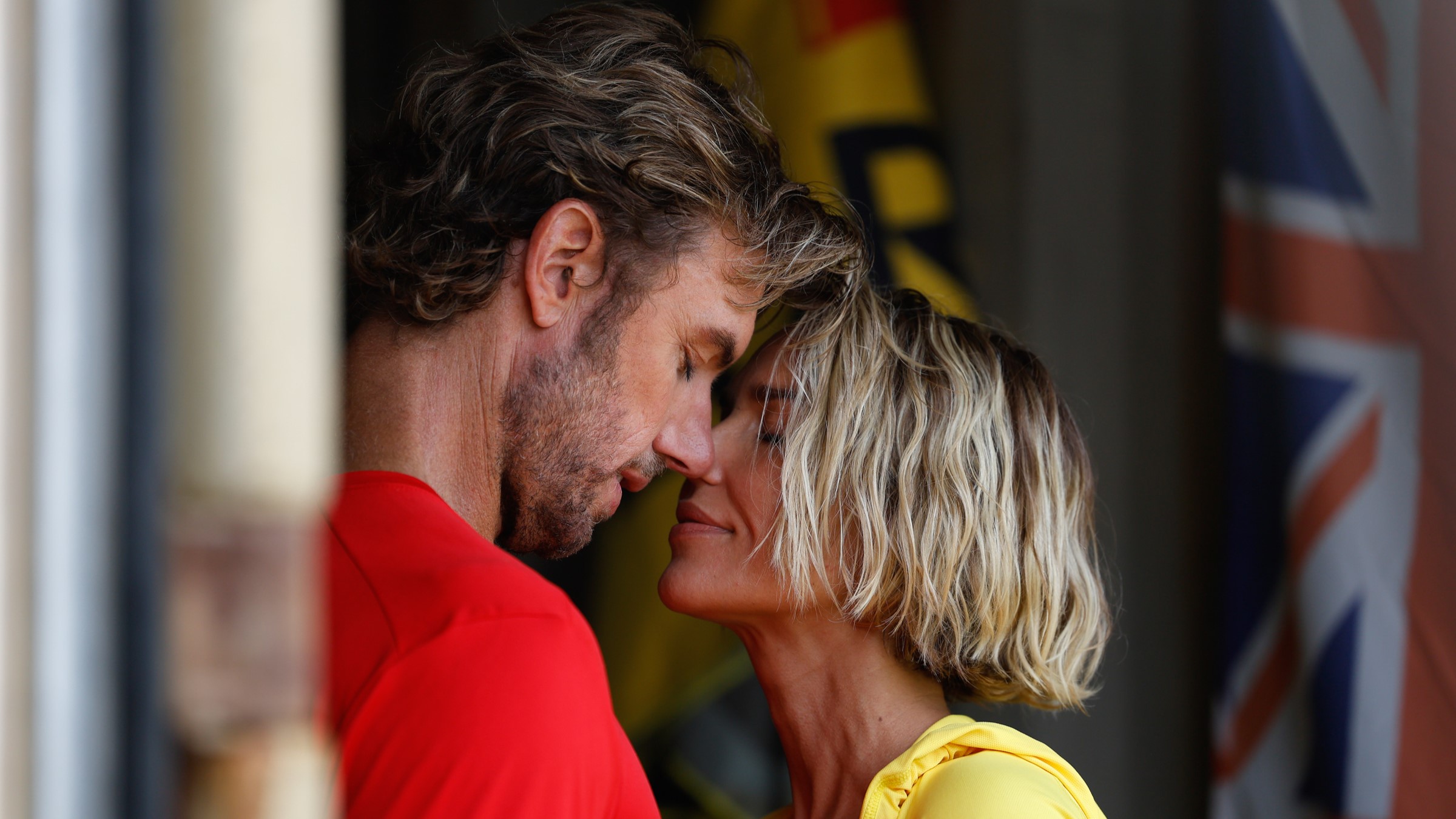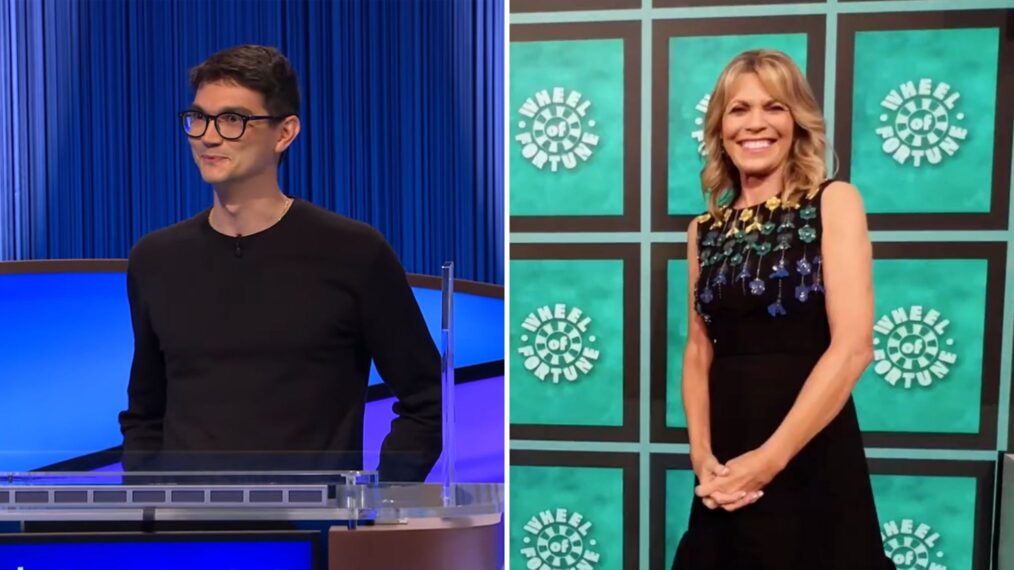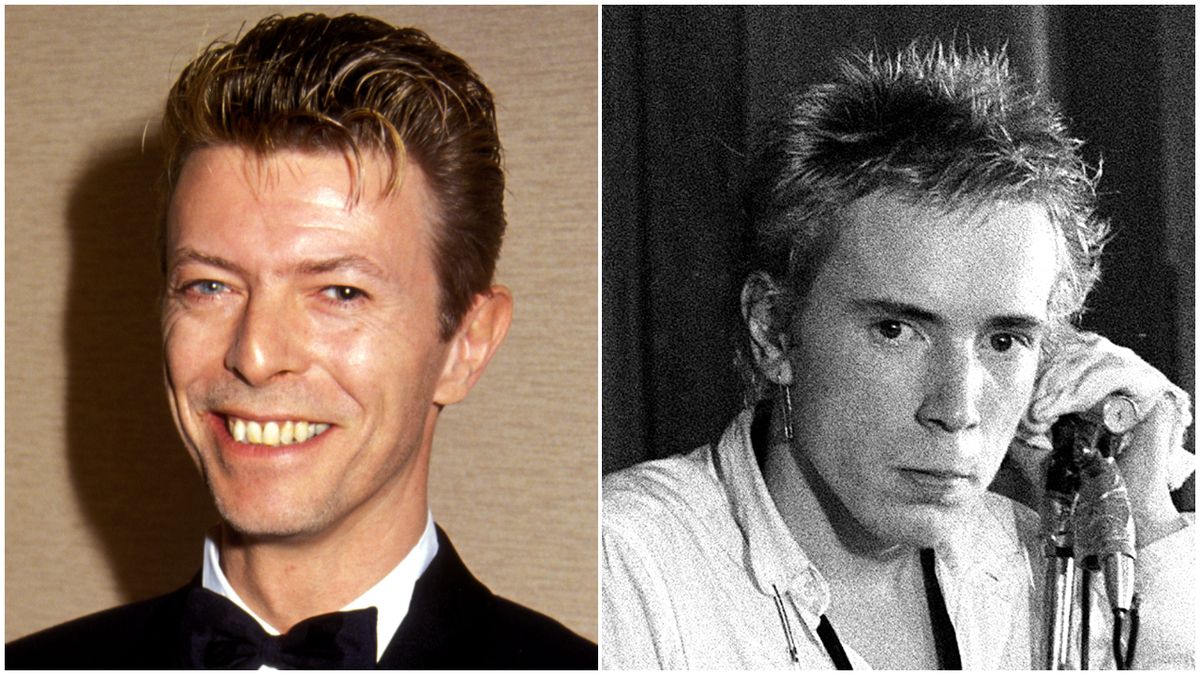In 2017, Fifth Harmony went out on a high note of what could have been. The four-piece released their third and final studio album, a self-titled record that reclaimed the confidence behind-the-scenes that they had long preached in their music. “It finally feels like we are living our lives. We’ve taken ownership,” Normani told the Los Angeles Times at the time. “I kinda wish it could have been like this all along.” With wistful wonder, Lauren Jauregui added: “We would have freaking dominated.” Key words: would have. But didn’t they? For half a decade, Fifth Harmony reigned as the biggest pop girl group since the Spice Girls. All three of their studio albums charted in the top 5 of the Billboard 200 and yielded five platinum singles, including “Worth It” and “Work From Home.”
But in a way, their success wasn’t their own. Before Fifth Harmony, they hadn’t co-written any of their music since 2013. Their grueling schedule was dictated by label executives at Syco Music, and even their existence was owed to Simon Cowell, who gave five solo artists — all between 15 and 19 years old — an impossible ultimatum on The X Factor: join forces or go home empty-handed. They took the only obvious route. But when Fifth Harmony disbanded in March 2018 — with Camila Cabello departing in 2016 — Normani, Jauregui, Dinah Jane and Ally Brooke were starting from scratch, reintroducing themselves to an audience that had watched them evolve without ever truly seeing them.
Read more: How Louis Tomlinson had to find his purpose again to make Faith In The Future
Throughout the remainder of the 2010s, the girl group lane was left relatively untouched, with a few promising exceptions. The most viable option to fill the void was BLACKPINK, the K-pop phenomenon that hit the ground running with a history-making stateside streak in 2019. Before them, the strongest contender was Little Mix, who had fallen victim to American popular music’s abysmal retention rate for all-female pop vocal groups much earlier in the decade — despite being a chart-dominating act in the U.K. Now, a sudden burst of girl group debuts and comebacks has sparked a resurgence led by women determined to craft their legacy — both individually and collectively — of their own volition.
In February 2019, BLACKPINK became the first K-pop girl group to appear on the cover of Billboard, with each of the four members receiving their own cover. “I think why people love girl groups so much is because they have their own girl, or girls, that they attach to and even see themselves in,” director Alexandra Gavillet, who photographed the shoot, tells Alternative Press. “Now, that’s something that we’re chatting about more than ever, we want those personalities to come out.” This thread traces back directly to the establishment of the Spice Girls archetypes: Ginger, Scary, Posh, Sporty and Baby. Sure, it’s a marketing tactic, but at a time when anyone with an online presence is something of a public-facing figure, establishing a meaningful sense of individualism is essential — especially for the new generation of girl groups raised in the social media age.
After forming KYN Entertainment in 2017, Sonny Takhar — who formerly served as president of Cowell’s Syco Music during the formation of One Direction, Little Mix, Fifth Harmony and more — took an incredibly online approach to creating the management company’s first all-female pop vocal group, Boys World. Each of its five members were contacted by the label via Instagram DM in 2019 with the prospect of joining a girl group. By the end of the year, the then-15- to 18-year-old strangers were sharing a house together in Los Angeles, building the sisterhood that would come to define Boys World when they made their public debut on TikTok in January 2020.
“I, and the entire company that was behind them that reached out to me, were super concerned and aware of how groups of past generations have always had a breakout star,” Symone Ridgell says, who served as creative director for Boys World as they made their debut. “Regardless if it’s Justin Timberlake or Beyoncé, that person then becomes the main character of that group. And I really wanted to hone in on the fact that these are each individual girls.” The Gavillet-directed music video for their sixth single “So What,” a confident anthem about leaving an ex in the past where he belongs, opens with an introduction to each member by name.
Before the title card for the group even appears, there’s Lillian blowing out a fire, Elana soaking up the sun, and Olivia discarding an ice cream cone on the ground. The spotlights are quick, with no longer than a second spent on each member. But, however briefly, they aim to reflect the distinct differences in their personalities. These are the young women who give shape and definition to Boys World, rather than having their own personas shaped by the notions that the group itself is meant to represent.
The positioning feels similar to K-pop’s approach to girl groups, which often allows room to circumvent the anxieties of having a breakout star by never trying to restrict anyone from exploring the prospect in the first place. During their off-period following the release of The Album in 2020, BLACKPINK members Lisa and Rosé made their debuts as soloists, with Jisoo expected to follow later this year, in addition to serving as brand ambassadors in individual deals with Saint Laurent, Dior, MAC and more. Now, ahead of the superstar act’s second album Born Pink out Sept. 16, the group has seamlessly shifted back into BLACKPINK mode.
“When you get in a group, you have to go in understanding it’s not just about you and your ideas. It is a collaboration,” TLC’s Rozonda “Chilli” Thomas told the Los Angeles Times in 2017. “Most of them don’t stay together because it’s not easy at all. Chemistry is something you either have or don’t have.” In this instance, when most groups are formed by industry executives labels and entertainment agencies, chemistry and communication are the key to longevity. Pop and R&B girl groups are ultimately all about harmony, anyway.
For rising U.K. trio FLO, who channeled early 2000s R&B with stellar accuracy on their debut EP The Lead this summer, maintaining a level of understanding within the group has allowed for their own vision to prevail over industry predictions. “As three young Black women, one thing that’s important when you get signed to a label and have to do what people say is to remember to be strong,” FLO’s Renée Downer told NME. “We’re not going to be pushed over or go with someone else’s decision without believing in it ourselves.”
With a focus on finding a rhythm with each other, girl group members create something of a support system for themselves. “We are all working with each other, and we’re not solo artists,” Boys World’s Olivia Ruby told 1883 Magazine. “That’s not where we are right now in our careers and they see that in us, and we see that within each other.” In an industry that relies on them being malleable to trends and even more easily marketable to wide audiences — something that targets young women in the public eye much differently than their boyband counterparts — makes their involvement on an individual and collective level, whether in the writing room or behind the scenes on the visual end, even more essential.
“There were conversations apart of Boys World with some of the male people separate from the team who, if I sent in something, would be like, ‘Why are you trying to make them look sexy?’ And I’d relook at what I sent in, and be like, ‘Where is this sexy?’” Ridgell shared. “And you just start to get what the male gaze is and why straight males don’t often listen to girl groups. That was definitely in the front of my mind all the time.” From there, the conversation becomes even more complicated when factoring in the constant policing of when and how young women, and particularly women of color, are allowed to grow up in the public eye — and the sexualizing that follows when they begin to.
Nothing is more consistent across girl groups of pop and R&B past than the recurring theme of female empowerment. And now, the messaging of bodily autonomy and independence that shows up throughout their discographies — from Destiny’s Child and the Spice Girls to BLACKPINK and Fifth Harmony, and the early works of Boys World and FLO — is more crucial than ever. When female pop stars are publicly celebrated for being released from imprisoning conservatorships and leading chants protesting the overturning of Roe v. Wade at their concerts, they should also be in control of the music and public-facing image that got them the platform they’re using to support women’s rights in the first place. And as it seems, this new girl group resurgence isn’t standing down for anyone.








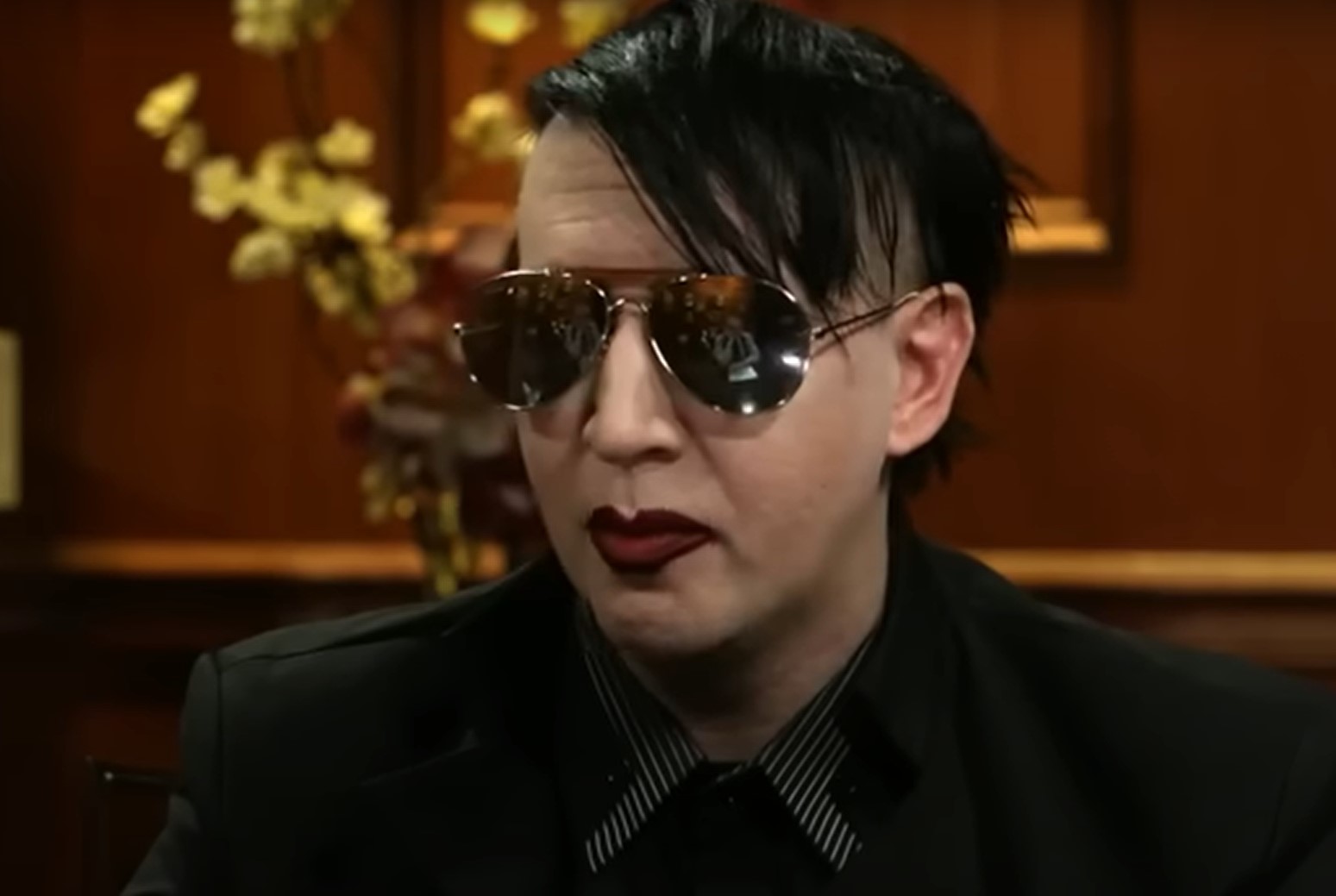




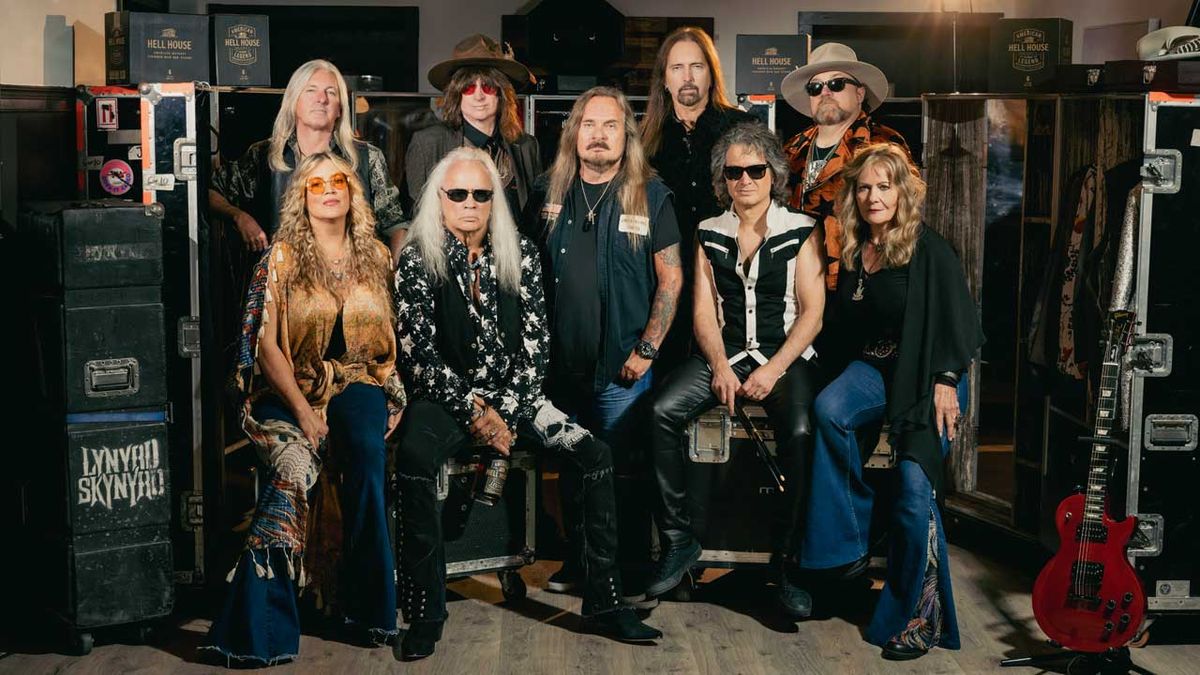


























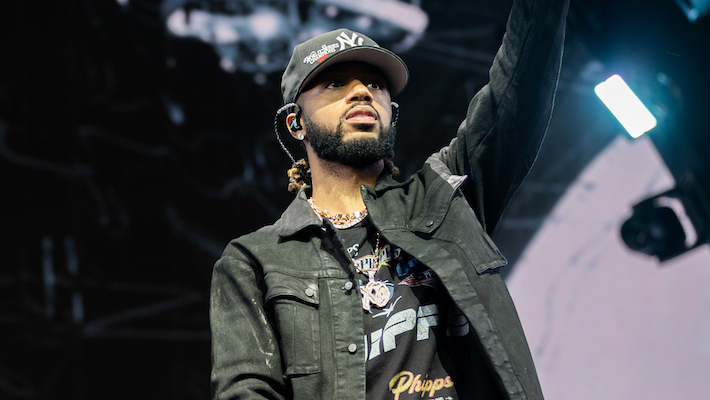



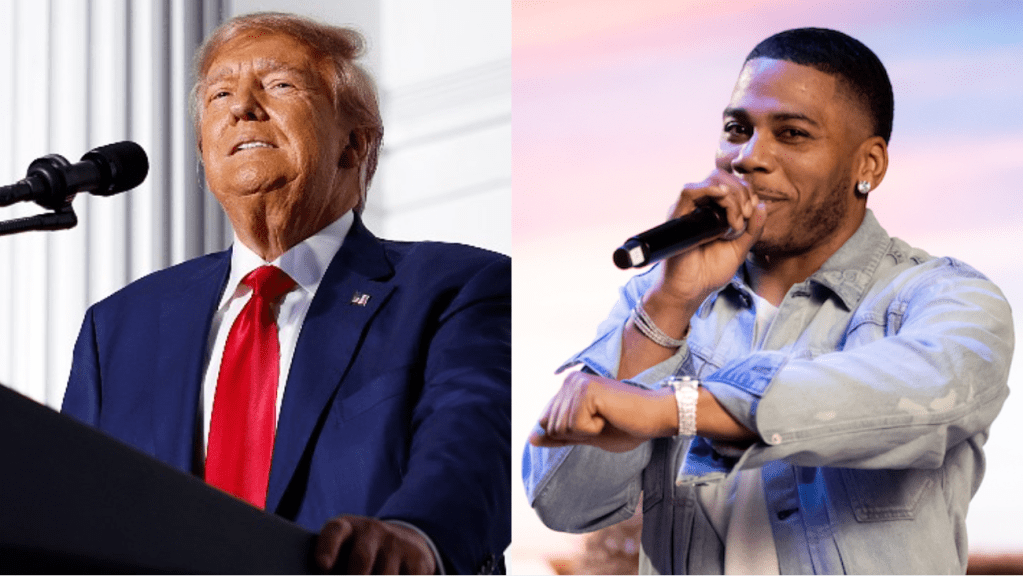



















![DEAR X [EP 4] Love Story 💕💕💕💞💞 #clamvevo #kiparabrand #dontatv #love #movie #comedy DEAR X [EP 4] Love Story 💕💕💕💞💞 #clamvevo #kiparabrand #dontatv #love #movie #comedy](https://i.ytimg.com/vi/ACCH9SwXu84/maxresdefault.jpg)

















